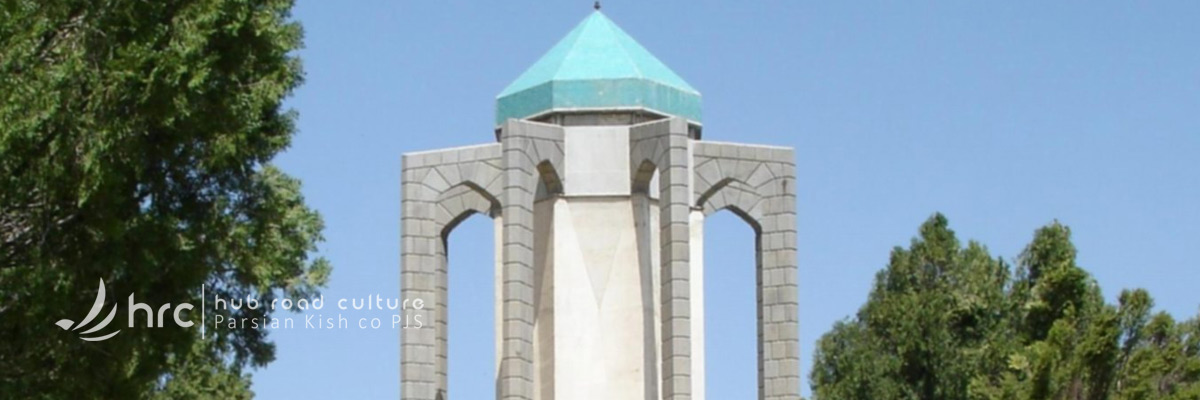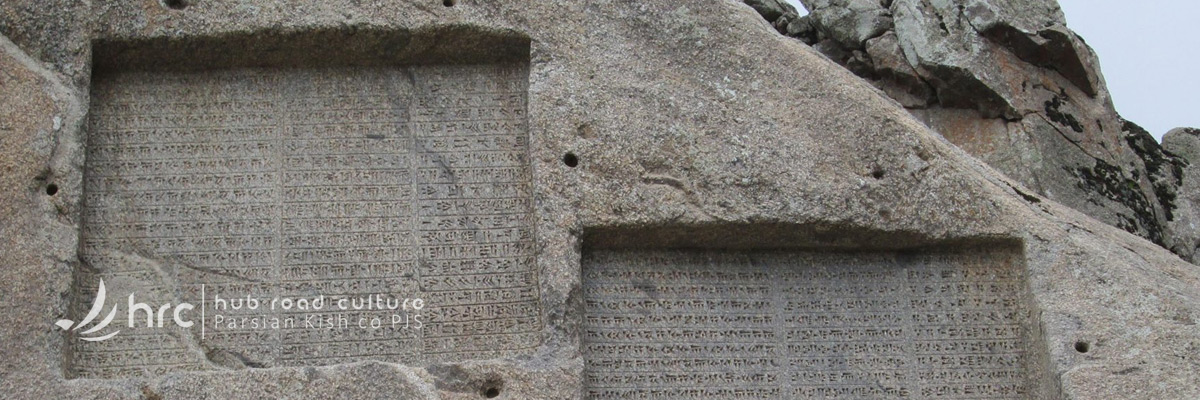City Introduction
As one of the oldest Iranian cities, it has a green mountainous area in the foothills of the 3,574-meter Alvand Mountain, in the Midwest part of Iran, with 1,850 meters height.
By the 2006 census, it carried a population of 473,149 people, in 127,812 families.
History
It was stablished by the Medes and then became one of several capital cities of the Achaemenid Dynasty.
Hamadan is mentioned in the biblical book of Ezra as the place where a scroll was found giving the Jews permission from King Darius to rebuild the temple in Jerusalem. Its ancient name of Ecbatana is used in the Ezra text, becauseit was a mile above sea level, and so a good place to preserve leather documents.During the Parthian era, Hamadan the summer capital and residence of the Parthian rulers, with the same selection happening by the Sassanids; then in 11th century, the Seljuks shifted their capital from Baghdad to Hamadan.Following the rise and fall of regional powers, the fortunes of Hamadan was completely destroyed during the Timurid invasion. During the Safavid era, the city thrived and hereafter, in the 18th century, Hamadan was surrendered to the Ottomans, but due to the work of Nader Shah-e Afshar, Hamadan was cleared of invaders and via a peace treaty between Iran and the Ottomans, it was returned to Iran. Hamadan stands on the Silk Road, and even in recent centuries the city enjoyed strong commerce and trade as a result of its location on the main road network in the western region of Persia and Iran.

Climate
Lying in a temperate mountainous region to the east of Zagros, the vast plains of the north and northeast of the province are influenced by strong winds, that almost last throughout the year.Hamadan is in the vicinity of the Alvand mountains and has a dry summer continental climate, in transition with a cold semi-arid climate, with snowy winters. In fact, it is one of the coldest cities in Iran; the temperature of which, may drop below −30 °C (−22 °F) on the coldest days. Heavy snowfall is common during winter and this can persist for periods of about two months. During the short summer, the weather is mild, pleasant, and mostly sunny.
Attractions
Iran’s Cultural Heritage Organization lists 207 sites of historical and cultural sites in Hamadan; some of which, are mentioned here:

Mausoleum of Avicenna
A complex located at Avicenna Square, Hamadan, dedicated to the Iranian polymath Avicenna. It includes a library, a small museum, and a spindle-shaped tower inspired by the Ziyarid-era Kavus Tower. Designed by Hooshang Seyhoun, it was built in 1952 and replaced the older building, destroyed in 1950.The Pahlavi government had plans to build the mausoleum since at least 1939. The mausoleum was eventually dedicated in a grand ceremony in May 1954, and the avenue running in front of it was also renamed in honor of Avicenna.
Baba Taher Mausoleum
From a similar era to the BuAli Sina (Avicenna) Mausoleum, but architecturally more bizarre, it looks like a giant child’s sippy cup. Here those who enjoy Persian calligraphy, inscribed here on some gently opalescent stone wall-slabs, can taking steps and go inside.

Ganjnameh
Located 12 km southwest of Hamadan, at an altitude of 2000 meters across Mount Alvand, This site is home to two trilingual Achaemenid cuneiform inscriptions. The inscription on the upper left was created on the order of Achaemenid King Darius the Great (r. 522–486 BC) and the right one by King Xerxes the Great (r. 486–465 BC), both carved on a granite rock above a creek, in 20 lines. According to Stuart C. Brown, in the pre-Hellenistic period, this mountain was apparently the main “east-west pass” through Mount Alvand. During the Achaemenid period, Ecbatana functioned as summer capital due to its high elevation and pleasant weather. The site received its name from local natives, who believed that the inscriptions contained the secret code to a hidden treasure. Two modern contemporary carved tablets have been placed in the site’s parking lot with Persian explanation and its English translation.
Ali-Sadr Cave
Originally called Ali Saadr or Ali Sard (meaning cold), is the world’s largest water cave, attracting thousands of visitors yearly. It is located in Ali Sadr Kabudarahang County about 100 kilometers north of Hamadan.
Located at 48°18’E 35°18’N, in southern part of Ali Sadr village, Ali-Sadr is the world’s largest water cave. Its entrance is at the side of a hill called Sari Ghiyeh which also includes two other caves called Sarab and Soubashi.
In the summer of 2001, via a German/British expedition the length of cave was surveyed and found 11 kilometers; with the main chamber of 100 X 50 X 40 meters.

Hegmataneh Hill
Except for the pleasant view of distant mountains from the top of this low, open hill, what excites archaeologists is an ancient Median and Achaemenid city laying below. Small sections have been excavated over the last century, most extensively in the 1990s. There’s a smart museum nearby, as well as two Armenian churches, now part of Hamadan University.The ancient walls’gold and silver coatings are long gone and it’s hard to envisage the lumpy remnants as having once constituted one of the world’s great cities. The museum tries to fill the mental gap, showcasing archaeological finds such as large amphorae, Seljuk fountains, Achaemenid pillar bases and Parthian coffins.
Alaviyan Mausoleum
Though the 12th-century green dome, has long been removed, the untopped brick tower remains famous for the whirling floral stucco added in the Ilkhanid Mongol era; this ornamentation is described by an enraptured Robert Byron in Road to Oxiana. In the crypt (steps down from the rear interior) is the plain-blue-tiled Alaviyan family tomb, covered with votive Islamic embroidery.
Masjed-e Jameh
A vaulted passage of the bazaar leads into the courtyard of the large Qajar-era Masjed-e Jameh. The disused south iwan/entrance leads into a hall over which there’s an impressively large brick dome. The north iwan is lavished with patterned blue tile work that continues on four of the mosque’s six minarets. Some areas of this mosque are restricted to men only.

Armenian Evangelical Church
Squatter and slightly older than St. Stephanos Gregorian church next door, the Armenian Evangelical Church was built in 1886 that now serves as a museum of Armenian Migration.
St. Stephanos Gregorian Church
A church dedicated to Armenian saints Stephen and Gregory that existed on this site since the 1600s; though its latest incarnation dates back to early 20th century.
Borj-e Qorban
In a back alley surrounded by apartment blocks sits this 13th-century classic twelve-sided pyramid-roofed tower, once used to defend the city.

Sang-e Shir
A walrus-sized lump of rock eroded beyond recognition by the rubbing of hands over 2300 years. It’s not the only survived ‘monument’ from the ancient city of Ecbatana, whose gates once was guarded by it.
It’s said to have been erected by Alexander the Great to commemorate the death of his lover Hephaestion.

